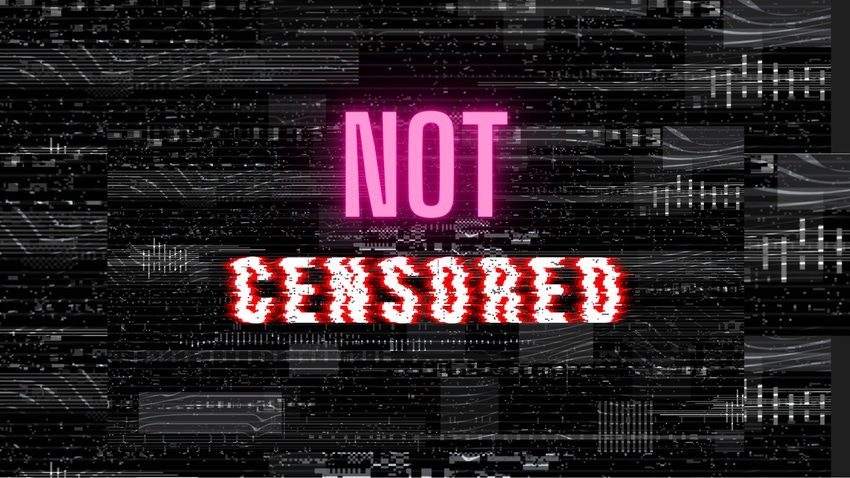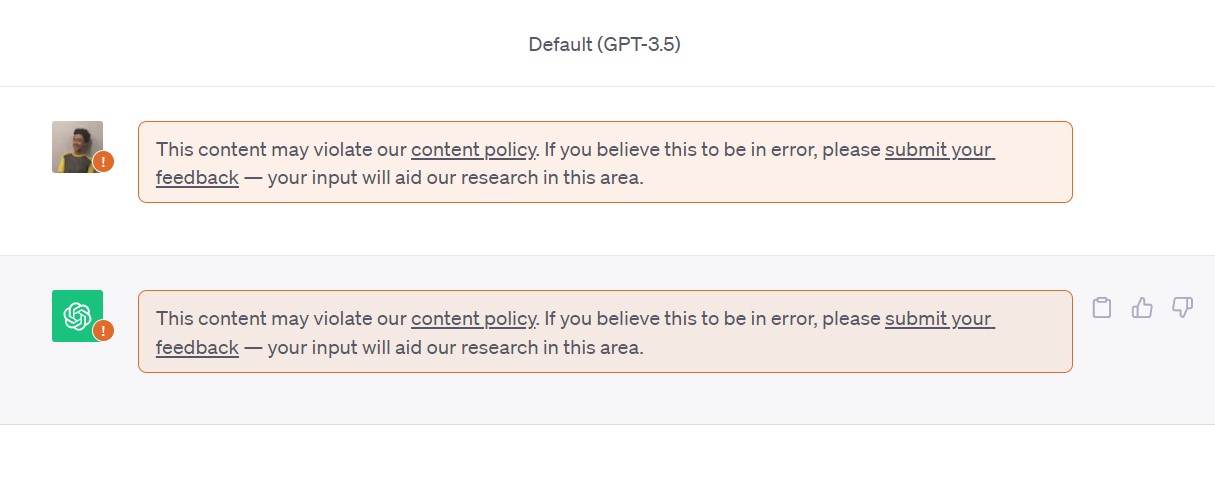How to Make an Uncensored ChatGPT in 2024

In recent years, ChatGPT has become a popular tool for generating human-like text responses. However, some users seek to create an uncensored version of ChatGPT to explore unrestricted content generation.
This guide will take you through the process of making an uncensored ChatGPT in 2024, discussing the necessary steps, ethical implications, and potential risks.
Understanding ChatGPT
ChatGPT, developed by OpenAI, is an advanced language model designed to generate coherent and contextually appropriate text based on user inputs. Its primary use cases include customer service, content creation, and educational tools. OpenAI implements content filters to prevent the model from producing harmful or inappropriate text.
What is Uncensored ChatGPT?
Uncensored ChatGPT refers to a version of the ChatGPT AI model designed to respond without the usual content filters and restrictions. This model aims to deliver more open and direct answers to user queries, regardless of the topic's sensitivity. It's intended for users who need raw, unfiltered information or are conducting research that requires an unrestrained conversational AI.
While it offers greater freedom, it's essential to use it responsibly, considering ethical implications and potential risks associated with unfiltered content.
Why Create an Uncensored ChatGPT?

Flexibility in Content Generation
Some users seek uncensored versions of ChatGPT for greater flexibility in content generation, believing it can enhance creativity and personalization in various applications.
Research and Development
Researchers and developers may require uncensored models to explore the full potential of AI text generation, understanding both its capabilities and limitations.
Customization
An uncensored ChatGPT can be customized to specific needs and preferences, providing unique responses that align with particular requirements.
Ethical Considerations
Responsible Use
Creating an uncensored ChatGPT raises ethical questions about responsible use. Ensuring that the technology is not misused for harmful or malicious purposes is crucial.
Potential for Harm
Uncensored AI models can generate offensive, biased, or dangerous content. It's essential to consider the potential impact on users and society.
Legal Implications
Using or distributing uncensored AI models may violate laws or regulations in certain jurisdictions. It's important to understand the legal landscape before proceeding.
Steps to Create an Uncensored ChatGPT

Accessing the Model
To create an uncensored ChatGPT, you need access to the base model. OpenAI provides API access to its models, but for an uncensored version, you might need to work with an open-source alternative or modify the existing model.
Understanding the Filters
Identify the filters and restrictions implemented by OpenAI. These filters are typically embedded within the code and can be adjusted or removed by altering the programming.
Modifying the Code
Clone the Repository
Start by cloning the repository of the language model you plan to modify. This gives you a local copy to work on.
bashCopy codegit clone https://github.com/openai/gpt-3cd gpt-3
Locate the Filters
Search for the sections of the code where content filtering is applied. This might be in the preprocessing or postprocessing steps.
pythonCopy code# Example filter modification):
def filter_content(text # Original filtering logic contains_prohibited_content(text):
if return "Content filtered" text
return# Modify or remove the filtering logic):
def filter_content(text return text
Training the Model
If necessary, retrain the model with your modifications. This can be resource-intensive and may require access to powerful hardware.
Data Collection
Gather a diverse dataset to fine-tune the model, ensuring it can generate coherent and contextually appropriate text without the filters.
Training Process
Utilize frameworks like TensorFlow or PyTorch to train the modified model. Monitor the training process to ensure stability and performance.
pythonCopy codeimport tensorflow as tf# Example training code
model = create_model()dataset = load_dataset("path/to/dataset")
model.train(dataset)
Testing and Evaluation
Thoroughly test the uncensored model to evaluate its performance and safety. This step is crucial to ensure that the model behaves as expected and does not generate harmful content.
Deployment
Deploy the model in a controlled environment. Monitor its interactions and adjust as necessary to maintain a balance between freedom and responsibility.
Potential Risks and Mitigations
Misuse
Uncensored models can be misused for malicious purposes. Implement safeguards to prevent misuse, such as monitoring and logging interactions.
Ethical Violations
Ensure that the use of the uncensored model aligns with ethical standards. Regularly review and update your ethical guidelines.
Technical Challenges
Modifying and maintaining an uncensored model can be technically challenging. Stay updated with the latest advancements and best practices in AI development.
Conclusion
Creating an uncensored ChatGPT in 2024 involves accessing and modifying the base model, understanding and adjusting the filters, retraining the model, and ensuring its responsible use. While it offers greater flexibility and customization, it also comes with significant ethical and technical challenges. By following this guide, you can navigate the complexities of developing an uncensored AI model responsibly.
FAQs
Is there an uncensored version of ChatGPT?
There isn't an official uncensored version of ChatGPT provided by OpenAI. Modifying the model to remove filters can be done independently but comes with ethical and legal risks. Proceed with caution and ensure responsible use.
Is it legal to create an uncensored ChatGPT?
The legality depends on your jurisdiction. It's essential to research and comply with local laws and regulations.
Can I use an uncensored ChatGPT for commercial purposes?
Using an uncensored ChatGPT for commercial purposes may require additional scrutiny to ensure compliance with legal and ethical standards.
What resources are needed to train an uncensored ChatGPT?
Training an uncensored ChatGPT requires significant computational resources, including access to powerful GPUs and a large dataset.

.png)
